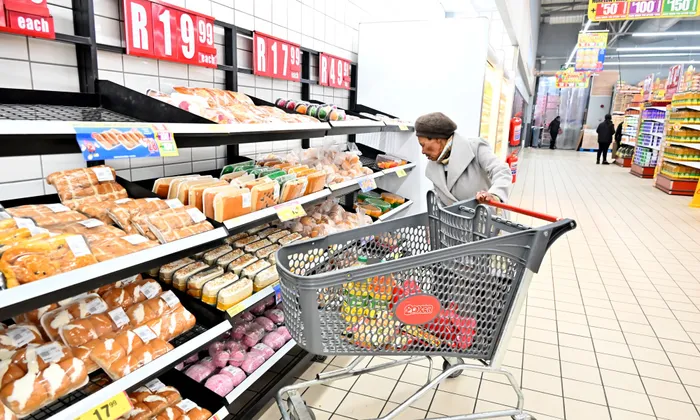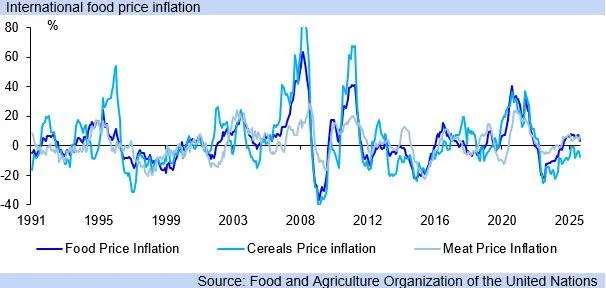Good news for South Africa’s inflation and interest rate outlook, as global food prices fall

Bumper crops are leading to lower food prices globally, but meat remains expensive.
Image: Ayanda Ndamane / Independent Media
South Africans can look forward to moderate inflation in the near term, on the back of a stronger currency and lower global food prices.
September’s Consumer Price Inflation (CPI) figures, which are due to be announced this week, are likely to show muted inflation for the preceding month, predicts Annabel Bishop, chief economist at Investec.
She said this could pave the way for a 25 basis point cut in interest rates at the November Monetary Policy Committee (MPC) meeting. 2025 has brought two 25bp rate cuts thus far, reducing the repo rate to 7%.
The rand is currently trading 1.4% stronger, month-on-month, against the US dollar, which will also help to ease inflationary pressure.
The fuel price stability observed over the past few months will add to the muted effect on inflation, and Central Energy Fund (CEF) data is pointing towards a petrol price decrease of around 60 cents in November, while diesel could come down by 25 cents.
Global food prices fall
Favourable weather conditions and stronger yields have led to lower international agricultural product prices.
Global grain supplies, particularly maize, wheat and rice, are at record levels, and the UN’s Food and Agricultural Organization (FAO) is expecting a 3.8% year-on-year increase in world cereal production, marking the largest annual growth since 2013.

Global food price inflation since 1991.
Image: United Nations
The FAO Food Price Index points to declines in cereal, dairy, sugar and vegetable price indices, thanks to a combination of subdued international demand, large harvests and abundant supplies in exporting countries.
Global food price movements have a key impact on South African food prices, due to import/export parity pricing, Annabel Bishop explained. South Africa’s bumper maize crop is also likely to quell prices, she added.
“With food prices the largest single component in CPI, this month’s update on field crops from the Department of Agriculture is positive overall, with 2024/25 up on ‘the 2023-24 season, boosted by the favourable rainfall and vast planting area’,” Bishop said.
“As a result of this ample harvest, prices are generally under pressure”.
Food prices fell by -0.1% month-on-month in August, and are likely to fall further in September, she added. Food prices in the PPI, which leads CPI food prices by about a month, are down -2.8% month-on-month.
However, meat prices in South Africa remain high, driven by supply disruptions from disease outbreaks such as foot-and-mouth (FOM) disease, as well as lower import volumes.
Year-on-year meat prices have increased by 11.3%, as of August, according to Statistics SA inflation figures.
While beef prices have risen exponentially due to FOM, the price of chicken could also rise if the local industry manages to convince government to implement taxes on imported products. This is despite the fact that local producers are struggling to meet demand.
Get your news on the go. Download the latest IOL App for Android and IOS now
IOL Business
Related Topics: